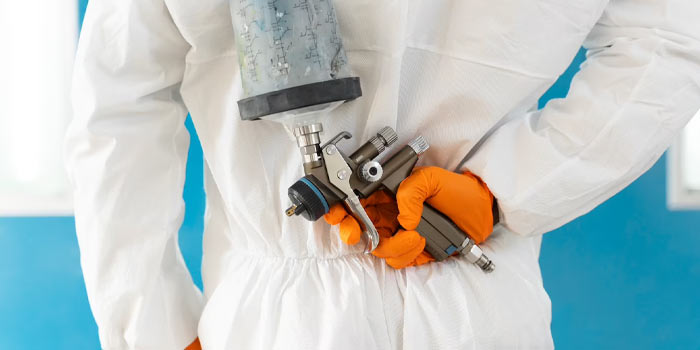Surface management

Learn all about sintering and surface treatment to find out why they are important in industrial processes and how you can use them to protect against corrosion. We use the process below, of course there are several ways and directions, but we have this workflow available.
What is sintering and surface treatment? Sintering and surface treatment is a set of chemical technologies that help to protect and increase the durability of materials. Sintering involves coating a material with special powders and then baking the powders at high temperatures to form a hard, resistant layer on the surface of the material. During the surface treatment, different methods are used to prepare the surface of the material to provide more effective corrosion protection (indoor products are sintered once, outdoor products are double sintered and bead blasted before powder coating)
Why is sintering and surface treatment important? Sintering and surface treatment is important because it helps protect materials from corrosion, which can cause significant damage to materials. Sintering and surface treatment increases the lifetime of materials and reduces their maintenance costs. It also improves the appearance of the materials, as sintering and surface treatment gives them a smooth and even surface.ű
How does the sintering and surface treatment process work?ű
Pre-treatment is an essential part of the sintering and surface treatment process. In this phase, the surface of the materials is cleaned and prepared for sintering. The pre-treatment process includes the removal of surface contaminants, the removal of grease and the preparation of the materials for optimum adhesion. b. Sintering During the sintering process, powders are drawn onto the workpiece by electrostatic flow and then fired at high temperatures. The hard, resistant layer formed during sintering protects the material from corrosion and wear.
